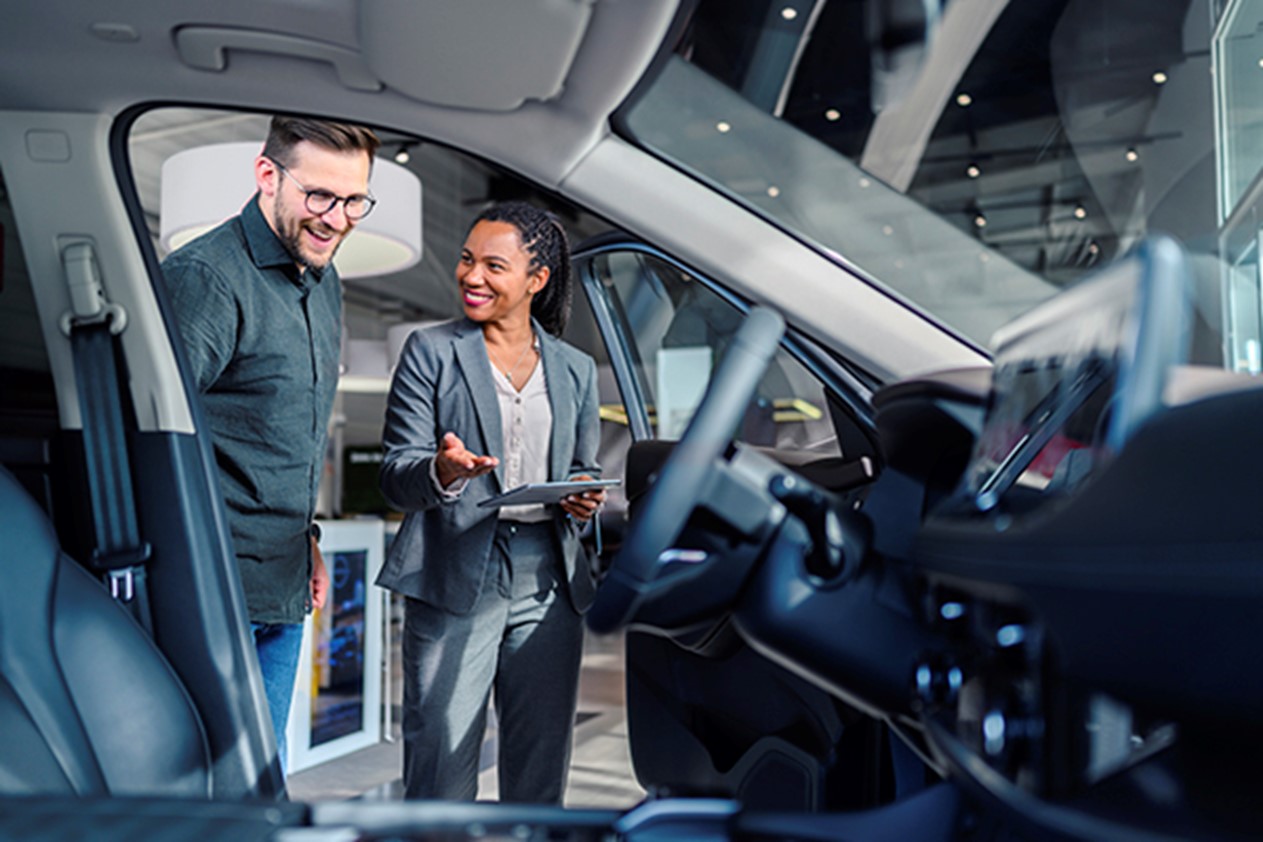3 Car Buying Trends You Need to Know

Article Highlights:
- How to capitalize on the aftereffects of 2020.
- Understand how buyers are shopping moving forward.
Nobody saw 2020 coming. It flipped our world upside down in a matter of days, and some of us are still trying to put our heads back on straight. But the aftereffects that late 2020 and early 2021 brought are even more surprising. Despite sky-high car prices and minimal inventory, shoppers are in fact out there. And there’s a lot of them. In this article, I want to highlight current and upcoming car buying trends you need to know so you can better position your dealership to not only capture these shoppers but to maximize each opportunity.
Trend #1: Rise of Couch Shopping (figuratively)
For years, consumers have started the car buying process online in the form of research. With more information at their fingertips, this convenience is the catalyst for most purchases. 2020 spurred consumers to adapt their buying habits even further. No longer did they want to step foot in the dealership. They wanted more and more aspects of the traditional car sale available to them in a remote setting.
The challenge is making sure your dealership still has some control in the process, keeps the customer engaged, and maintains compliance along the way. A retail anywhere approach allows you to serve your customers no matter where they are, without seeing a dip in profits or efficiency.
Trend #2: Frictionless Is Here to Stay
Though this somewhat falls under the couch shopping trend, a frictionless experience is an entirely different beast and deserves its own recognition. Historically, consumers have been prone to value convenience. 2020 put this into overdrive. This means setting up your F&I managers so they can sell in an online environment; because yes, even if the customer isn’t in your store, you still need a full, transparent, and compliant F&I experience.
The tricky part is consistency and accuracy throughout the process. What happens when your customers want to start online but end in-store? What happens when you have a co-buyer located in a different state? Do you find that your F&I managers have to re-enter everything the customer already started online because it didn’t carry over? Or maybe the information just isn’t accurate so they have to spend time reviewing what’s right and what’s wrong.
When a customer wants a blended, online to in-store car buying experience or the transaction starts and stops at different points for whatever reason, your dealership needs to be able to pick up exactly where the customer left off. No re-keying of data, no missed signatures. Simply finish the deal, grab the keys, and go. That is the frictionless experience consumers expect.
Trend #3: Used Vehicles Are Flying… Off Lots, That Is
Saying used vehicles are a hot commodity right now might be stating the obvious, but sometimes the solution isn’t as obvious. Let’s address the elephant in the room: chip shortage. With less new vehicles being produced on the manufacturer level, dealers have no choice but to scrounge for used vehicles in order to keep their lots full. I recently drove by a local dealership, and they had less than ten new cars. It’s truly frightening to see.
Additionally, consumers are opting for used over new in general. As new vehicle prices climb, used vehicles are simply more appealing. The quality of vehicles has also improved over the years, so used vehicles aren’t carrying that negative stigma anymore of being outdated or rundown.
To acquire inventory, most dealers are looking outside of their four walls. What gets overlooked are those used vehicles already in their store or database. When you can identify likely trade-in customers, that is your most cost effective way for acquiring what you really need. The data fueling the engine identifies only those with the highest likelihood to make a move, so you’re not wasting time on those who simply aren’t interested.
I also have to mention getting vehicles ready for prime time. When you do in fact get your hands on used inventory, you first have to get it into retail condition. Most dealers think their reconditioning process is just a few days, but in fact, it averages around 12. I don’t think we need to do the math, but the longer a vehicle sits in recon, the longer it takes for you to see a return (if there is one at all), and start the process all over again. As demand increases, your recon process should be automated, transparent, and streamlined if you want to keep up.
Your Next Move
Trends definitely come and go, but I believe what we’ve seen this past year and a half are more than just trends. It’s the new way of life and doing business. The dealerships that fail to address the changing car buying landscape will eventually fall to the wayside. So think about these trends, adoptions, and how they will continue to shape our industry moving forward.
Related Articles:
If you were a customer, would you feel like your dealership gets you? Tailored communication, relevant follow-ups, and smart AI tools that match leads with the right…
70 percent of consumers turn to YouTube for things like reviews, test drives, or comparison analyses during their car-buying process, according to Millward Brown Digital.…
When I was ready to purchase my first vehicle, I was full of excitement. I thought nothing could bring me down and the only challenge…
For as long as I can remember, my family had “pizza night” every week. Without fail, every Friday evening we’d all gather around the computer…



















